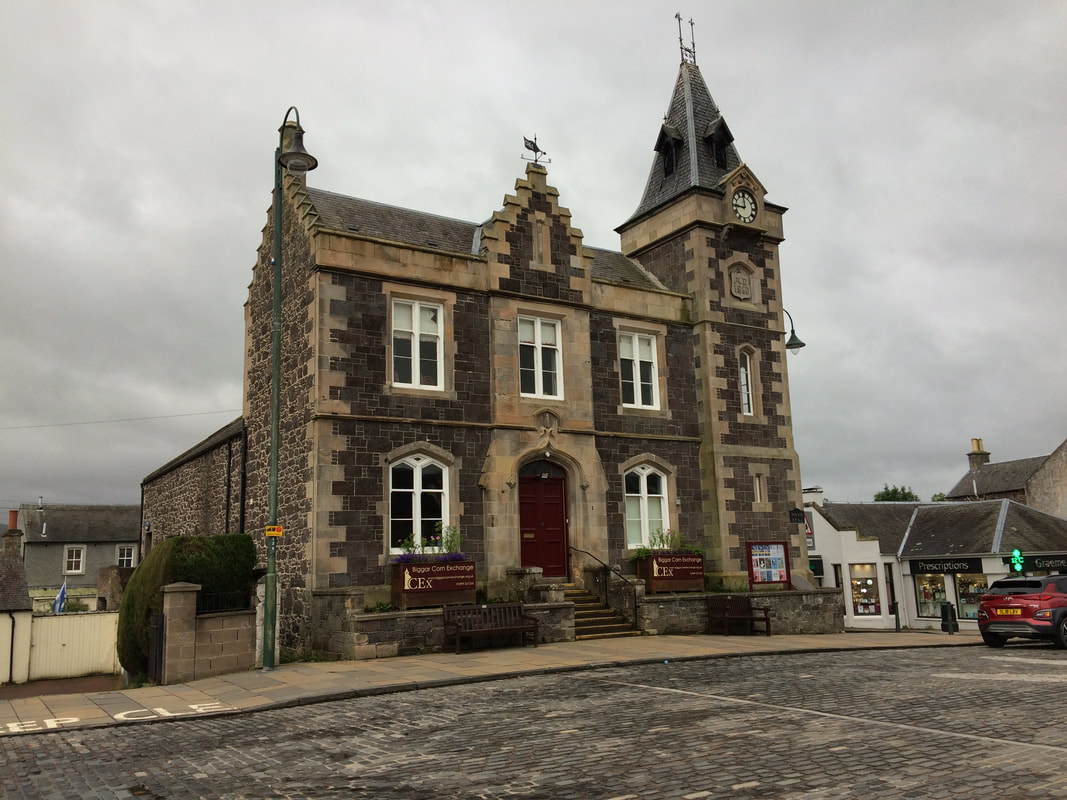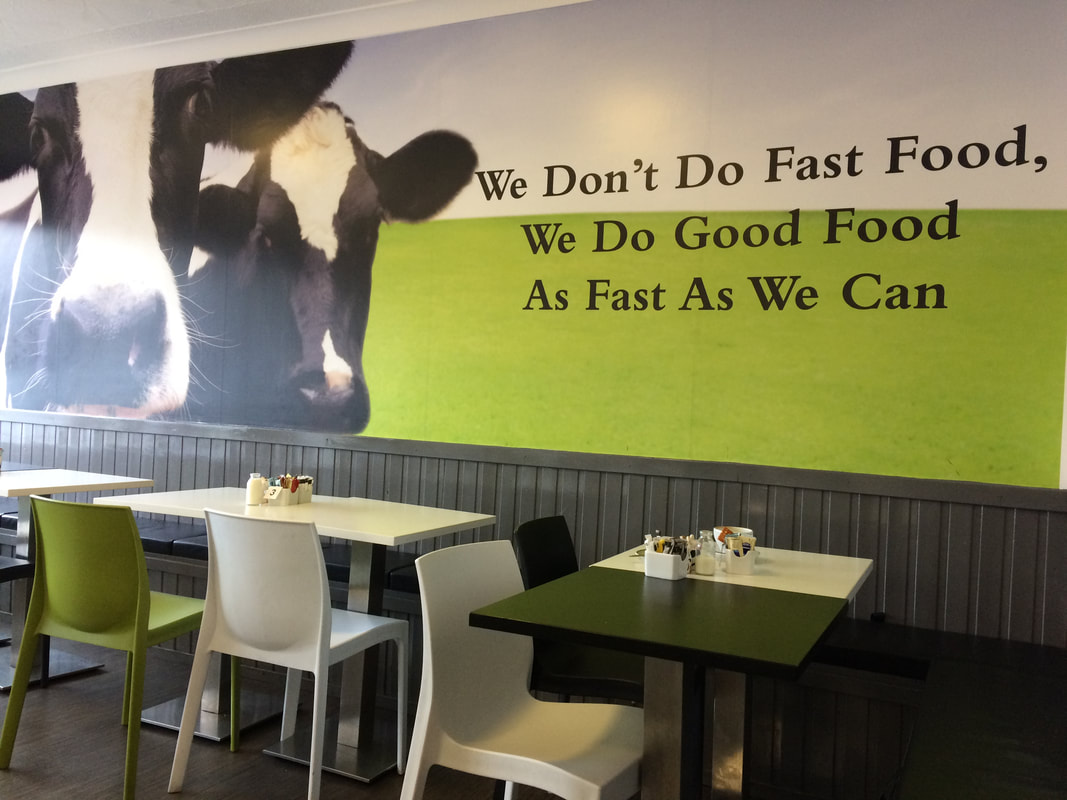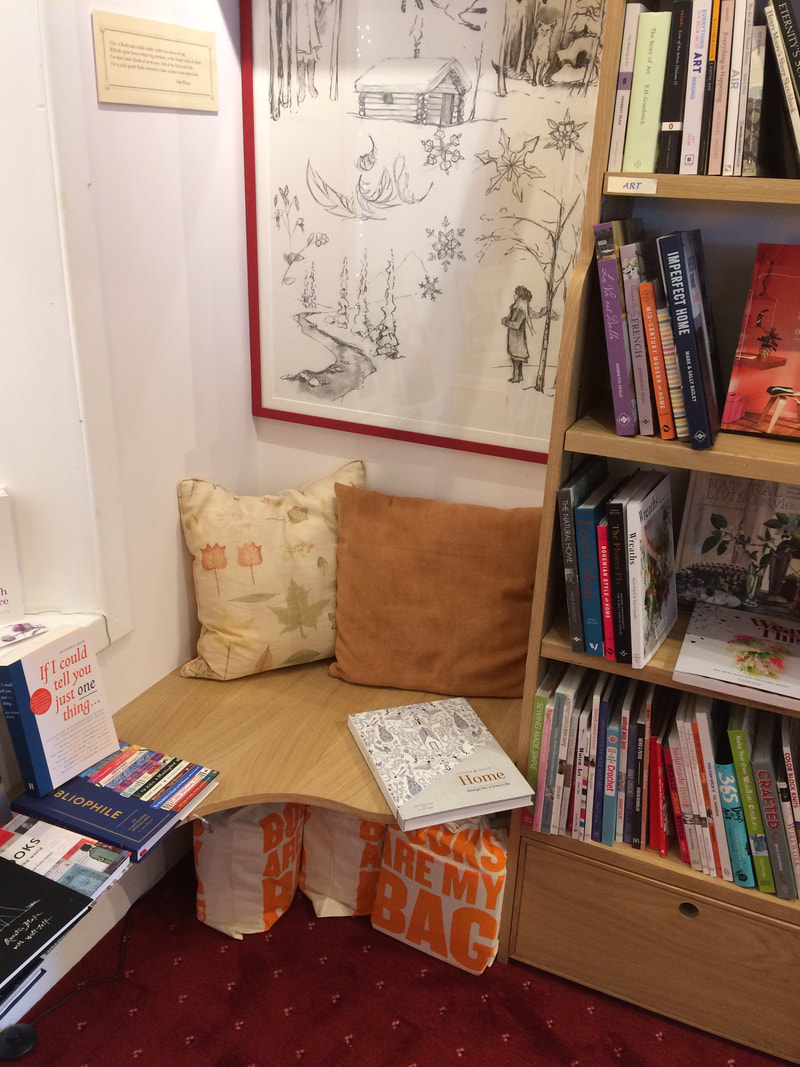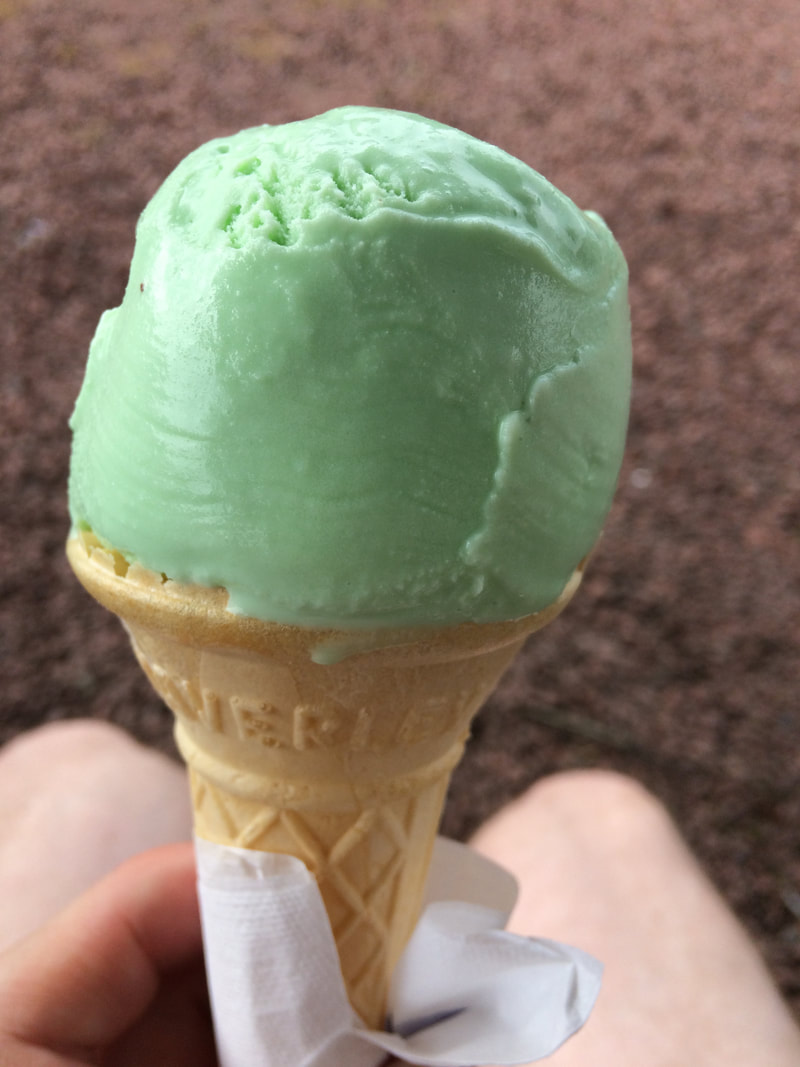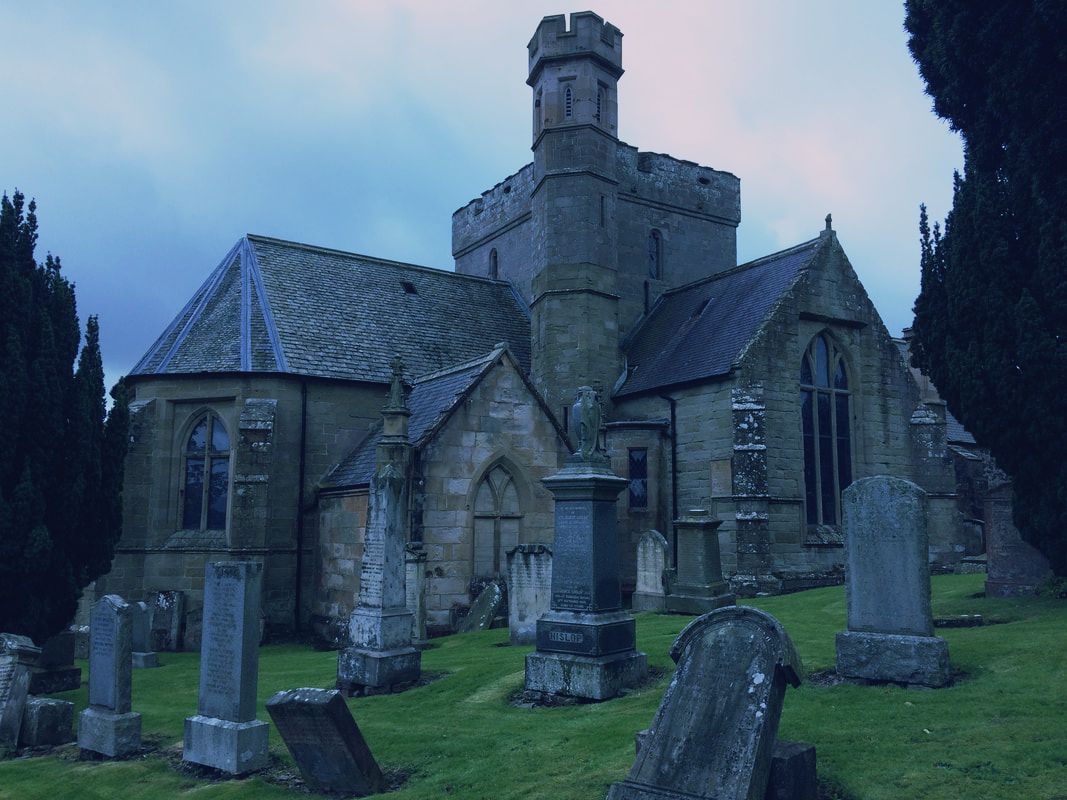|
Your Piece Baking Company produce a range of handmade oatcakes and shortbread. They are based in Fife and their mission is to bring handmade oatcakes to the world. I tried their oatcakes with seeds and here is what I thought of them. Oatcakes are as Scottish as the Highlands and Edinburgh Castle. They have been around since Roman times, possibly even longer. It is one of those traditional foods that you must try when exploring Scotland. They are widely available, including in supermarkets, but the taste can vary enormously. Your Piece Baking Company promises an oatcake far superior to the many bland, factory produced oatcakes out there. The fact that the company has received over 40 Great Taste Awards is proof that these cakes are something special. The back of the box explains why these oatcakes are so good. They are made to a traditional Fife recipe and they are handmade- a series of photos shows the process involved. There are no artificial additions to the recipe and the oats come from Fife farms. The rear of the box also features a map to show you the location of Fife. I love that Scotland has many regional food and drink producers. Food and drink is just as much a part of visiting Scotland as the scenery and castles, so make sure you try something from the region that you are visiting. What does it taste like? For me the main point is whether or not you can eat them on their own without a topping. Many generic oatcakes are far too dry and boring to eat on their own and need to be smothered in something. Well, these Fife oatcakes are indeed delicious on their own. They are thick, but not too thick and have a satisfying crunch. The seeds bring an added, nutty, interest as you bite into it, not to mention the extra health benefits. In fact, these are so good just as they are that I ate the entire packet without reaching for a slab of cheese or a honey pot. They were excellent as snacks throughout the day- whenever I needed an energy boost they kept me away from something unhealthy like crisps or chocolate.
Your Piece Baking sells several different kinds of oatcakes, including plain ones, those made with porridge oats. a wheat-free variety and oatcakes for canapes. They also do delicious shortbread- the one with ginger is my favourite. The products can be purchased from the Your Piece Baking website and can be found in numerous retailers. I bought mine from Cranachan & Crowdie on Edinburgh's Royal Mile. Yes, they are more expensive than oatcakes from the supermarket, but they are undeniably more delicious. You also get to support a regional food producer. Give them a try and let me know what you think.
2 Comments
A cosy book store, an ice cream and chocolate shop, a fascinating museum, a deli crammed with local produce and a coaching inn to spend the night are just some of the reasons to come to Biggar. This town in South Lanarkshire, near the River Clyde and the Scottish Borders, has plenty to see and do.
Biggar Highlights
"We were in many countries and we ate the bread of many nations through the long years of our exile...Your bread was the best for it was given willingly and with a kind heart, not as a pittance, but like a loaf shared with a brother and friend. You did not know us and yet you treated us like brothers." A Polish soldier commenting on the hospitality of the Biggar community when troops were evacuated to the area in 1940. The experience of the Polish soldiers is explored in the Biggar and Upper Clydesdale Museum. About Biggar Biggar is a royal burgh, around 30 miles south of Edinburgh. The town is in a rural location, near the River Clyde and the River Tweed. It is next to a group of hills called the Southern Uplands. Imagine! These hills were once higher than the Alps, 4 hundred millions years ago. Discover hidden courtyards Biggar has an attractive townscape, including some hidden courtyards that are reached through passageways, called closes, from the High Street. This one is particularly lovely with the window boxes and flower displays:
The High Street is very wide in parts and this is a legacy from when the space was used for town markets, but most of this has now been given over to car parking.
One of the most striking buildings is the 1860 Corn Exchange with its clock tower. It was originally built as a grain market and is now a venue that hosts a program of theatre, music and other events.
Further along the High Street there is another building of note. It stands out because it is clearly much older than its neighbours and has a distinctive red front door that tall people would struggle entering.
The part of the High Street where Biggar Burn flows is very pretty. The Burn is crossed by a small stone bridge, dating from the thirteenth century. It is called Cadger's Bridge after William Wallace reputedly crossed the bridge, disguised as a Cadger (a hawker), to spy on an English camp.
The High Street features several small gardens and areas of tree and flower planting with plenty of benches. This makes it very pleasant for strolling and watching the world go by.
Coffee with cows
Biggar has a good choice of independent cafes, and I can recommend The Coffee Spot for a morning caffeine hit. This cafe has a fun cow theme with a massive print of cows on the wall. You can have fun trying to spot all the cow items- there is a cow clock, cow salt and pepper shakers on the table and the child's menu is called Little Calves Menu. There is a great selection of cakes, but in the spirit of the cafe's theme I just had to choose the cow shaped biscuit with chocolate blobs replicating the black and white pattern of a Freisian cow. If you are looking for something more substantial the café offers breakfasts, soups and sandwiches.
Have a go at operating a 1930s telephone exchange
The Biggar and Upper Clydesdale Museum is full of fascinating objects that explore the area's social history. The town's telephone exchange was in operation until 1973 and you can have a play with the cables and pretend to be an operator. The museum has a period street where you can walk inside various stores, like a toy shop, apothecary and shoemaker. It is very realistic and atmospheric; there are even sound effects, like children playing. The level of detail is impressive with shop signs and the objects in the shops, like medication bottles. There is a magnificent old car on display, a Stirling Panhard Voiturette. It was built in 1901 by a Scottish company from Hamilton. Come and explore inside some of the shops on my video:
Did you know that this area has the earliest known traces of human activity in Scotland? This was 14,000 years ago and the museum displays arrow heads from that time. These would have been used to hunt wild horses and reindeer. There is a reindeer hide that you can feel- dense and soft- and imagine wearing to keep nice and warm in the depths of Scottish winters.
One of my favourite objects in the museum is a scallop shell ampulla. In Medieval times this would have been carried by pilgrims to store holy water that they had brought back from holy places. It really captured my imagination as it was likely dropped by a pilgrim on their way home. They were probably hoping that the holy water would bring about a miracle cure, perhaps for a poorly loved one.
Hit the shops! Biggar is superb for independent shops. There are two butcher shops, gift shops and even an interior designer. Don't miss The Orchard for a wonderful selection of foodstuffs. Fish and seafood, fruit and vegetables, cakes, cheeses and lots more is available here. I picked up a super delicious punnet of strawberries from a local farm and a jar of raspberry and lime jam which definitely deserves its Great Taste Award.
The Orchard has this ethos of old fashioned service, probably like it was in a market town grocery store of days gone by. The owner was on the shop floor interacting with customers, checking if they could find what they were looking for and talking about the products. It made the experience of shopping a joy and certainly more special than a retail park. In fact, I felt that Biggar had successfully retained the tradition, history and welcome that you would associate with a market town. Just take a look at Miniatures and Mindings, a china shop, and you will get that nostalgic feeling.
Too many books?
I always think that the presence of an independent bookstore is a good sign of a healthy high street. On entering Atkinson Pryce Books I smiled at a sign- 'Too many books? I think what you mean is not enough bookshelves.' This a place to really appreciate the written word with cosy cushioned corner seats and armchairs.
What's your favourite flavour of ice cream?
You don't have to head for coastal towns to find some of Scotland's best ice cream. Taylor's ice cream has been produced in Biggar for over 40 years and you can get a cone at Cones and Candies on the High Street. I can recommend the mint chocolate chip, but any flavour is excellent here- the company has received over 100 awards from the National Ice Cream Alliance. It's another blast of nostalgia in this shop with big jars of sweets behind the counter. Treat yourself to some of the home made fudge and a box of their chocolates- tell me if you also thought the lime cream was incredible.
Park life
Do a circuit of Burnbraes Park with your ice cream. It sits in a valley with a line of handsome Victorian townhouses overlooking it. The Biggar Burn flows through it and the paddling pond is a great feature if you have children with you.
Biggar Kirk
Adjacent to the park, the kirk dates from 1545 and if you go inside you will be rewarded with a magnificent stone interior and striking stained glass.
The town gasworks
A remarkable nineteenth century relic is Biggar's gasworks. Town gasworks, supplying gas for the town's heat and light, could be found all over Scotland. This is now the only surviving gasworks, with its original machinery intact. It's now a visitor attraction, although the limited opening hours mean that careful planning is required if you want to see inside. It was closed during my visit, but I would love to come back.
Puppets!
Biggar is home to the Scottish puppet theatre company. Performances take place throughout the year and you can check their website to see what's on. There's always a special Christmas show! Cycling the Biggar to Broughton railway path This disused line is now a walking and cycling route that provides breathtaking views of the hills that surround Biggar. Full details are in my blog about this path.
Staying the night
I recommend The Elphinstone Hotel for comfortable accommodation and an excellent restaurant. You can read my review of The Elphinstone on my blog.
Getting to Biggar
Read my blog about cycling to Biggar and what there is to see and do along the way. I reached Biggar by taking a train to Addiewell (40 minutes from Edinburgh, 52 minutes from Glasgow) and then cycling around 20 miles. The route is mainly by quiet country roads. Carstairs station is closer- a 10 mile cycle from Biggar- but trains are less frequent (around 40 minutes from Glasgow, under 30 minutes from Edinburgh). Blog: Cycling to Biggar With New Year’s Eve just around the corner, you might be starting to think about fitness as one of your 2020 resolutions. Swapping out your car for the bike will make a huge difference to your physical and mental wellbeing. Cycling is also a cheap form of exercise which will save you time while making you feel great. If you’re still looking for more motivation to swap your four wheels for two, the environmental impact of cycling is almost non-existent when compared to CO2-heavy cars. Mountain bike retailers Leisure Lakes Bikes take a closer look at some of the reasons why you should say goodbye to the car in 2020.
1. Health benefits The physical benefits of cycling in comparison to driving to work probably won’t surprise you. If you don’t have time to go to the gym, then cycling is a fantastic (and free) alternative that you can easily fit into your daily routine. According to a meta-analysis published by the British Journal of Sports Medicine cycling can dramatically reduce your risk of cardiovascular diseases. The study accounted for both people who cycled for sport and people who used a bike for their daily commute. Not only did this analysis conclude that cyclists have a 22 per cent lower risk than non-cyclists for cardiovascular disease, but they also had a lower BMI on average. In addition to this, cycling is beneficial to your mental wellbeing. As well as the fact that cycling gets you outdoors, and allows you to release endorphins, this form of exercise has also been proven to drastically reduce stress. 2. Financial benefits If you’re keen on getting fit and active, why not do it in a cost-effective way? Driving to work each day can be truly damaging to your bank account. Not only is there the initial price of the car, but the maintenance, road tax, and fuel costs all add up, resulting in a needlessly expensive method of commuting. Switching out your car for a bike can reduce these costs tenfold. One keen cyclist told us that he has saved £6 per day on fuel costs since switching to cycling for his 30-mile round commute. So, on average he saves £30 a week and £1,150 a year! Even a few pounds saved a day can make a huge difference, and when you pair this with the health benefits and the environmental pros, the positive points really stack up. Of course, there is the initial cost of a bike to consider. Luckily, many employers engage with the “cycle to work” scheme which could save you a lot of money if your looking to purchase a new bike. As a result of making monthly salary sacrifices, this scheme will allow you to purchase a bike tax-free, saving up to 42 per cent of the over all value. 3. Environmental Benefits Over the past decade, people have started to pay more attention to environmental concerns. Whether you’re recycling your plastics, drinking from a reusable coffee cup, or have started to grow your own veg, every little bit of effort can make a difference. Leaving the car at home is one of the best things you can do to reduce your carbon footprint. Unfortunately, driving is still most Europeans’ transport method of choice — at great cost to the environment. Not only do cars produce huge amounts of CO2, but the initial production of a car is far more environmentally damaging than that of a bike. According to calculations from ECF, the production of a car alone accounts for 42g of CO2 emissions per kilometre driven. When combining this output with the output CO2 from each kilometre actually driven, the total comes to around 271g CO2 per kilometre. On the other hand, we have the eco-friendly bike. Contrary to popular belief, a bike isn’t completely carbon neutral, as we have to take the energy used in production into account. However, this small output is minimal compared to that of a car. Taking production into account, a bike is accountable for 5g of CO2 per kilometre — miniscule in comparison! Overall, it is clear that the benefits of cycling dwarf those of driving. It may be difficult to force yourself out of bed a little earlier for the sake of exercise, but your health, your wallet, and the environment will all benefit from it! Why not give it a try in 2020? |
Categories
All
Archives
July 2024
|







